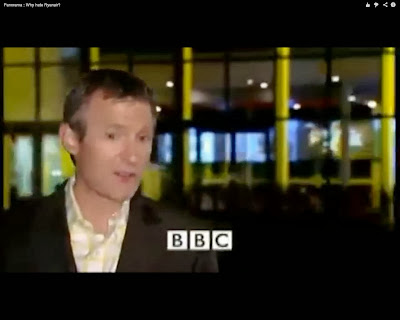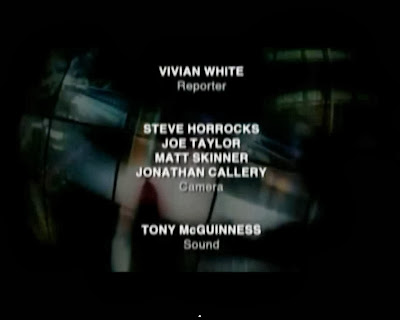 Regulation Research: Ofcom
Regulation Research: Ofcom
Ofcom is required under the communications Act 2003 and the broadcasting Act 1996 in order to draw up a code (guidelines) for televisions and radio. Some examples from this covers the standards in programmes as well as fairness and privacy. This is known as the Ofcom broadcasting code.

Where a television programme or radio has breached the Ofcom code, Ofcom would normally publish whatever there findings of any programme or radio breaching the code and formally stating why a broadcasting breached the code. If the code was to be breached deliberately, seriously or repeatedly, Ofcom may impose statutory sanctions against the broadcaster.
When applying the code to content, broadcasters should be aware that the context that appears in their programmes is highly important. With Ofcom setting a guideline which I will explain further, Ofcom has taken into account the following:

- The likely size and composition of the potential audience for programmes in television and radio.
- The likelihood of persons who are unaware of the nature of a programmes content being unintentionally exposed by their own actions to that content.
The code does not address each and every case. Broadcasters face a number of individual situations and the code sets more of a clear overview of the guidelines therefore making it easier for broadcasters to make a necessary judgement.

The rules regarding under eighteens are put in place in order to ensure people under eighteens are protected.
Content and material that might seriously impair the physical, mental or moral development of people under eighteen must not be broadcast.
Children must also be protected by appropriate scheduling from material that may not be suitable for them. The nature of the content, the likely number and age of children who may be viewing as well as taking into account school, time, weekends and holidays when it comes to judging appropriate scheduling.
Television broadcasters must observe the watershed, although this does not apply to radio. Currently, the watershed is at 2100. Material unsuitable for children should not be shown before 2100 or after 0530.
Although Radio broadcasters do not have to consider the watershed, they must have particular regard to times when children are particularly likely to be listening.
Violence and crime must not be featured in programmes primarily for children unless there is strong additional justification. Strong language and sexual content can not be shown before watershed and drugs, smoking and alcohol must not be included in programmes primarily aimed at children and must not be glamorised in programmes before the watershed.
Broadcasters should be careful not to provide clues which may lead to the identification of those who are not yet adults and who are maybe involved in being a victim, witness, defendant or other perpetrator in the case of sexual offences featured in criminal, civil or family count proceedings.
What I have learnt through carrying out this research is the basic guidelines of what broadcasters are allowed and are not allowed to include in both radio and television programmes as well as learning what the rules are regarding the employment of under 18's within these programmes as well as these programmes being shown to this age group.















